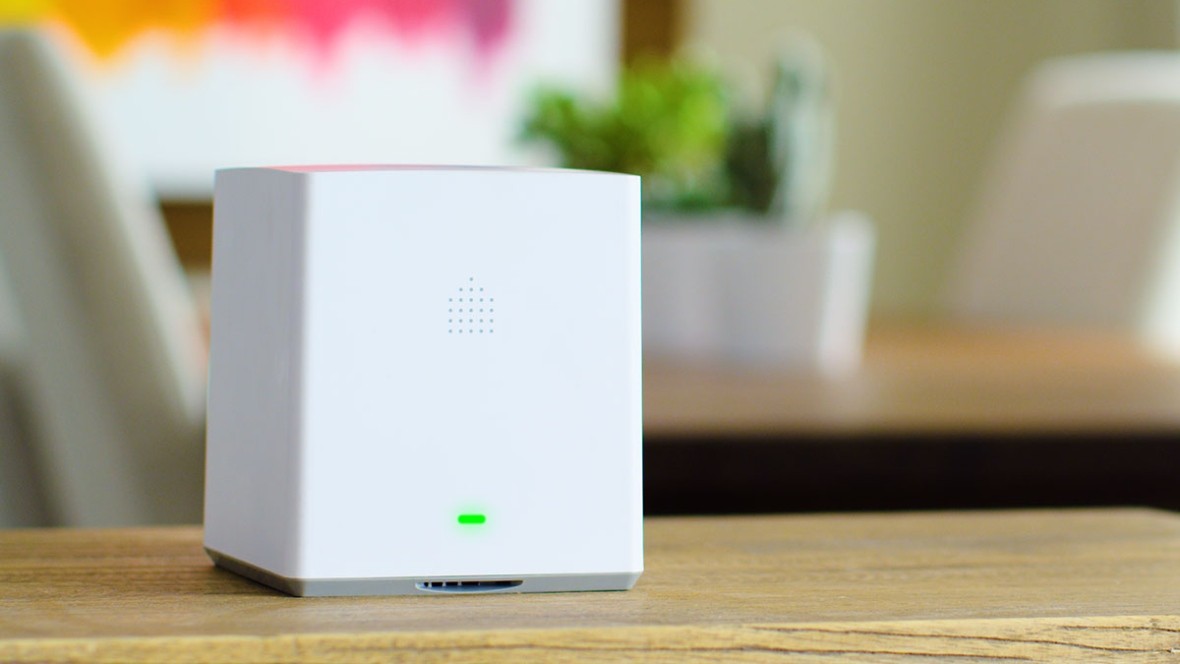Imagine a world where your WiFi network isn’t just for streaming Netflix; it’s a vigilant guardian against intruders. The Aura, a new home and office alarm system, uses disturbances in your WiFi signal to detect potential burglars, sensing “disruptions in the invisible radio waves that make up your home’s Wi-Fi network” to alert you to unwanted guests. This innovative approach highlights how technology can be repurposed for unexpected applications, a theme that resonates throughout various scientific and technological fields. Could a burglar’s guide to the city audiobook give you an edge? Maybe, but this tech is listening.
When Cognitive Systems, the company behind Aura, first introduced the concept in 2015, they explained that WiFi creates an invisible electromagnetic shape within your home. “Distortions” in this shape could then signal intrusions. Your home, therefore, exists not only in a physical space but also within the electromagnetic geometry of WiFi.
While the Aura alarm can differentiate between a human and, for instance, a swaying houseplant, complex architectural designs can sometimes confuse the system. This raises an intriguing possibility: could some homes become permanently “haunted” by false alarms due to unusual layouts? We might see the rise of an electromagnetic Gothic era, where the alarm system is reacting to the house itself.
However, the introduction of such technology would inevitably lead to countermeasures. A black market could emerge for WiFi-shape-spoofing devices and signal-reflecting clothing, enabling burglars to navigate homes undetected, moving like stealth aircraft through the electromagnetic landscape. Imagine the implications of such advancements, the inverse of visibility, a burglar’s guide to the city audiobook guiding them into the night.
[Image: Aura WiFi burglar alarm, detecting disturbances in WiFi networks, alt text: Aura WiFi burglar alarm system using wifi waves to detect movement.]
The concept of repurposing technology for unexpected detection is fascinating. Consider GPS satellites, for instance, being utilized as enormous dark matter detectors. This repurposing highlights how vast clouds of invisible matter “constantly crashing” through the Earth might trigger a planetary-scale burglar alarm.
GPS satellites are repurposed as dark matter detector.
Subatomic particles (or their absence) can map inaccessible architectural spaces. An experiment aimed at understanding static interfering with trans-Atlantic telephone calls led to the birth of radio astronomy. Tree rings can reveal sunspots and earthquakes. LIGO, the gravitational-wave detector, was once triggered by wolves. And the collapse of the Twin Towers on 9/11 was recorded as an earthquake by seismographs. These examples demonstrate the remarkable potential for unintended uses of existing technology, turning the ordinary into the extraordinary.
Imagine a world where WiFi burglar alarms detect dark matter, telephone calls uncover hidden rooms, and scientists tracking wolves discover celestial phenomena. A burglar’s guide to the city audiobook might mention that.
This leads to the internet phenomenon of things inadvertently captured on wildlife cameras—ghostly figures, lost children, and unexplained lights. These trail cameras, meant to observe wildlife, instead capture unexpected encounters.
[Image: GPS satellites being repurposed as a giant dark matter detector, alt text: GPS satellites used as dark matter detectors to capture celestial activity.]
This often-exaggerated field of occult photography represents a new form of technological folklore, creating encounter myths using systems designed for different purposes. It provokes thought about what such a field might produce if mixed with WiFi-enabled home burglar alarms and dark matter detectors.
Consider this concept mixed with burglar’s guide to the city audiobook and how much information one can ascertain.
[Image: Spooky trail cam photo, alt text: An unidentifiable figure appears in a trail camera photo, a spooky example of what a trail cam can capture besides wildlife]
The Aura alarm and similar technologies represent a fascinating intersection of innovation and unintended consequences. By repurposing existing systems for new applications, we uncover unexpected discoveries and blur the lines between technology, nature, and the supernatural. To learn more about the Aura, check out the CBC’s article. What other unexpected uses of everyday technology might we discover in the future, and how will they reshape our understanding of the world around us?
